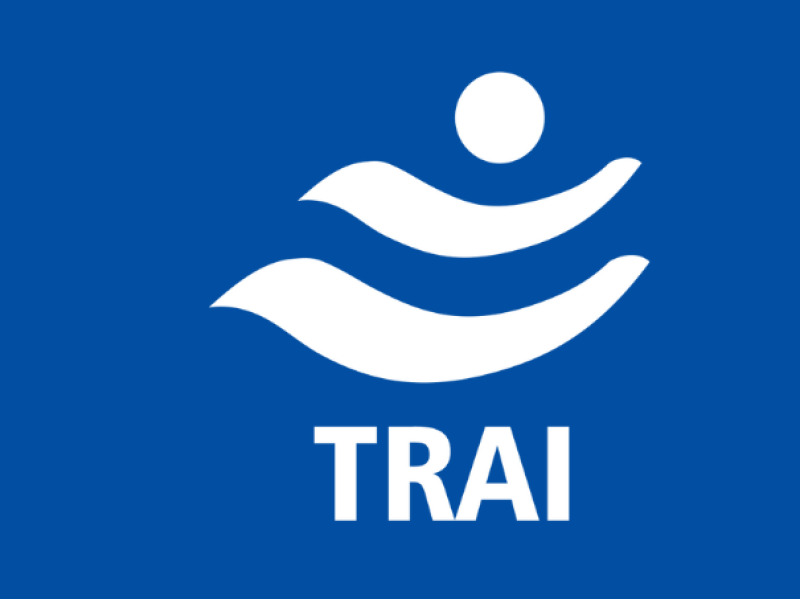In accordance with Section 11(1)(b) of the TRAI Act, 1997, which, inter-alia, empowers TRAI to fix the terms and conditions of inter-connectivity between the service providers, ensure technical compatibility and effective inter-connection between different service providers, TRAI is undertaking a comprehensive review of all the nine existing interconnection regulations. The review aims to ensure that the regulatory framework takes into account evolution of technology and changes in the telecommunications sector. Besides providing an effective interconnection framework for the contemporary state of telecommunication sector, it should also be ready and resilient to adopt to the future evolution in telecommunication sector.
Over more than two decades, the interconnection regulatory framework has evolved through a series of regulatory measures commencing with ‘The Register of Interconnect Agreements Regulations, 1999,’ and extending to the more recent ‘The Telecommunication Interconnection Regulations, 2018’. Further, these two regulations, along with various other interconnection regulations, have undergone subsequent amendments, with the latest amendment being ‘The Telecommunication Interconnection (Second Amendment) Regulations, 2020,’ notified on 10th July 2020. Following is the list of all nine interconnection regulations:
-
- The Telecommunication Interconnection Regulations, 2018
- The Short Message Services (SMS) Termination Charges Regulations, 2013
- Intelligent Network Services in Multi-Operator and Multi-Network Scenario Regulations, 2006
- TRAI (Transit Charges for BSNL's Cell One Terminating Traffic) Regulations, 2005
- The Telecommunication Interconnection Usage Charges Regulations, 2003
- The Telecommunication Interconnection (Reference Interconnect Offer) Regulations, 2002
- The Telecommunication Interconnection (Charges and Revenue Sharing) Regulations, 2001
- The Telecommunication Interconnection (Port Charges) Regulations, 2001
- The Register of Interconnect Agreements Regulations, 1999
These frameworks, as amended from time to time, have been instrumental in promoting fair competition, non-discrimination, reciprocity, cost-based pricing, and seamless service delivery in a multi-operator environment, thereby fostering a consumer-centric telecom ecosystem.
India’s telecom industry is undergoing a technological evolution. These developments have rendered parts of existing interconnection modalities technically obsolete, necessitating a forward-looking regulatory reassessment.
This review, inter-alia, focuses on the examination of IP based interconnection which becomes more pertinent as accelerating 4G/5G rollout requires IP-based interconnection for better service quality, levels of interconnection which are currently at LSA (Licensed service area) levels for Mobile Network interconnections and at District/Tehsil levels for fixed-line Telephone Network interconnections.


